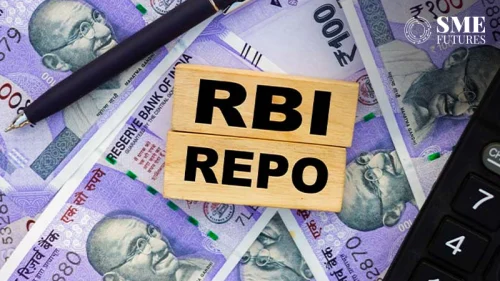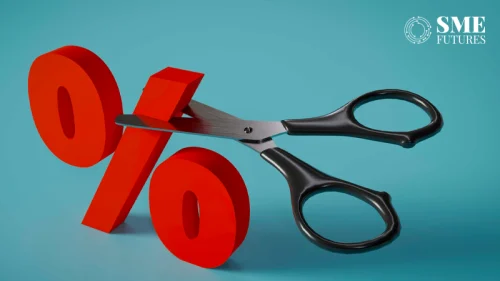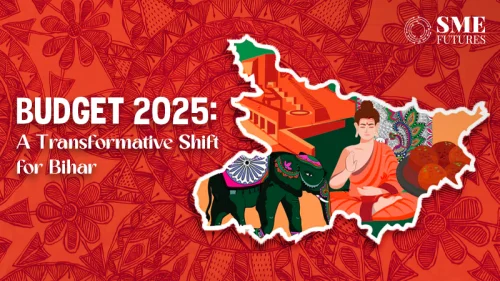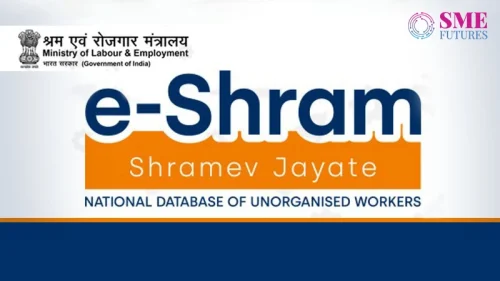Indian banks are likely to see a rise in gross non-performing assets (NPA) to 8-9 per cent of total lending at the end of this fiscal year from 7.5 per cent last year, said rating agency CRISIL.
The rises will be led by retail clients and the micro, small and medium (MSME) segments, said Krishnan Sitaraman, senior director and deputy chief ratings officer, noting they represent 40 per cent of total bank credit.
“Stressed assets in these segments are seen rising to 4-5 per cent and 17-18 per cent, respectively, by this fiscal year-end (March 2022). The numbers would have trended even higher but for write-offs, primarily in the unsecured segment,” Sitaraman said.
Last year the Reserve Bank of India (RBI) allowed banks to offer a six-month moratorium to all small borrowers. It later permitted lenders to offer a one-time loan-restructuring facility to help avert mounting bad loans and to allow borrowers more time to repay their debt.
Despite these measures, stressed assets in the retail segment will rise, with home loans which is the largest segment being the least impacted and unsecured loans being the worst, CRISIL said.
The corporate segment is expected to be more resilient as a large part of the stress in the corporate portfolio was already recognised during an asset quality review initiated by the RBI in 2015, CRISIL said.
The agency said the performance of the restructured portfolio will need close monitoring but slippages from the restructured book are expected to be lower this time around.
“Recent trends indicate that a reasonable proportion of borrowers, primarily on the retail side, have started making additional payments as their cash flows improve,” said Subha Sri Narayanan, director at CRISIL Ratings. “MSMEs, however, may take longer to stabilise and we remain watchful.” he said.











